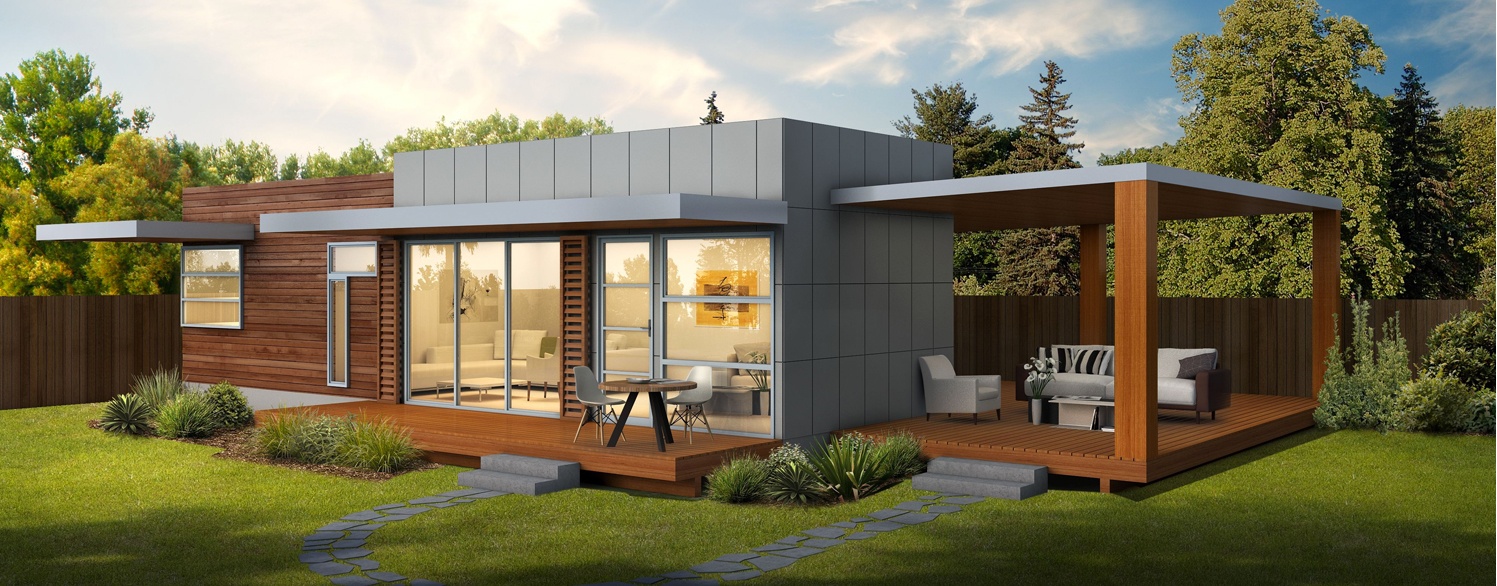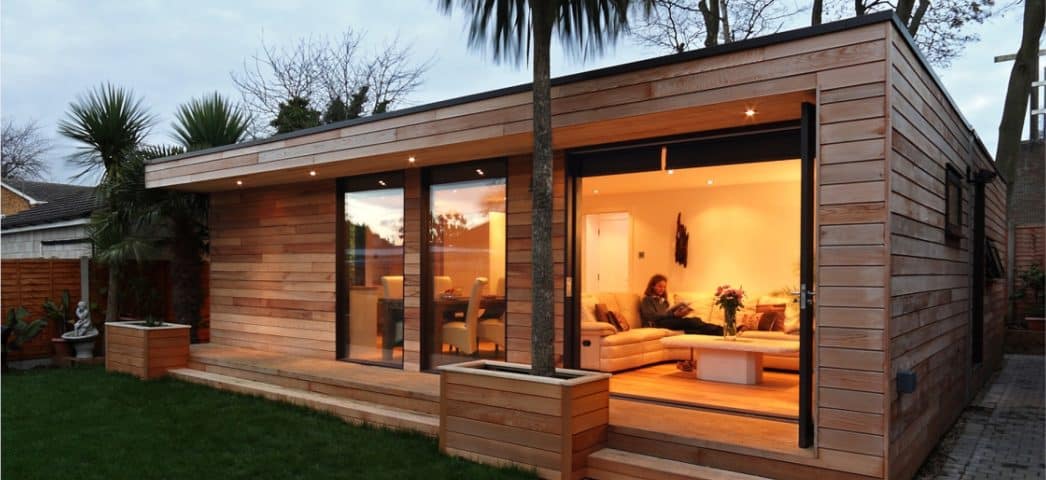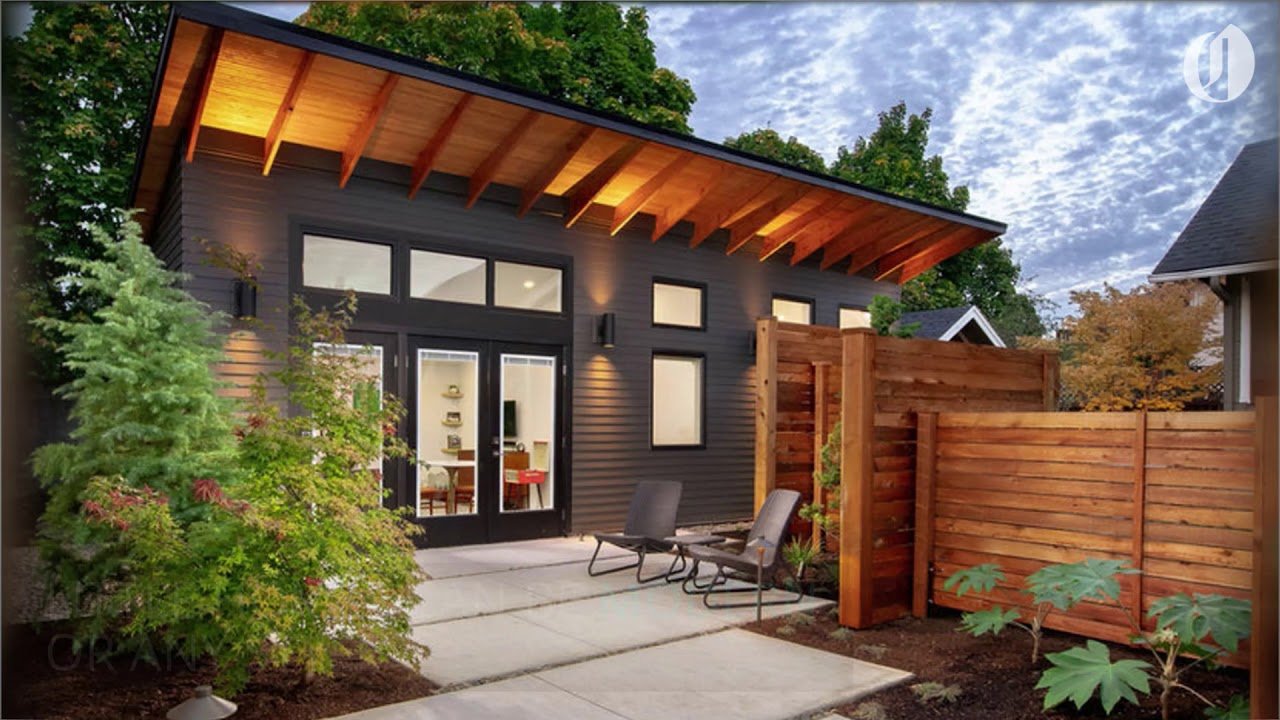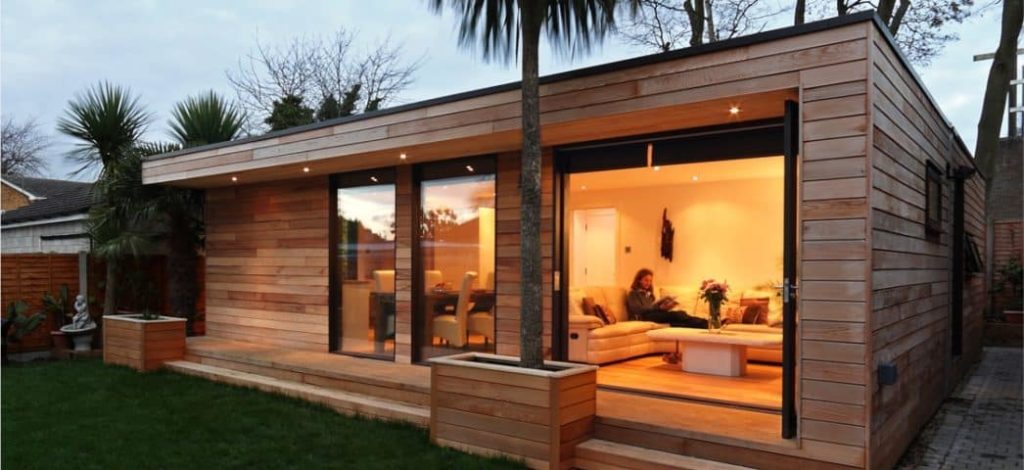Granny Flats have been in the news more so in the past 5 years than they have been for a long time. Much of this “news” relates to them being offered as an “investment” rather than housing your Granny. Traditionally that’s specifically what Granny flats were meant to do – viz: provide a safe secure place of residence for an aged loved one or family member adjacent to the family home, but these days it’s more about investment and maximizing rental cash flow for property investors.

They can be costly so it's wise to start on the right foot
Whatever it is, considering the costs associated with them these days it's very important to get things right - 1st time.
Granny flats have always been somewhat limited in size and had other limitations which varied, depending on local Council planning regulations. These regulations have changed a good deal too in recent times (and continue to do so) and they also vary from one Council jurisdiction to another. In other words what may be perfectly acceptable at one address may not be at another. Some councils are encouraging them whilst others are not so keen.

Some common questions
People usually want to know just a few things as follows. The answers to some of these questions will follow Australian design rules whereas others will likely vary from one Council to another.
- Are they allowed on my block of land? Is there a particular zoning that is required?
- Whereabouts on my land can I legally put one? Is there a certain distance from any boundary that it needs to be?
- Can I subdivide a granny flat off the main house?
- How big can they be? E.G how many bedrooms or square metres are allowed?
- Can I legally rent them out to anybody? Or is it only for blood relations?
- What about services such as power, water and sewer - how and where do I access those? Do services need to be separately metered?
- Is there a requirement for a fire wall or break / distance between the granny flat and my house?
How a Resiplan may help
A ResiPlan will not answer all of those questions but once you have established that you are legally allowed to have one at your place, investing in a ResiPlan is the next best step to ascertain where it will fit legally, maintaining correct distances from boundaries, accessing things like sewer - remembering that sewer water doesn't run uphill - and other things such as whether it's best to build it on stumps or level out some land for a slab.
A Resiplan will not only help answer those questions at the initial planning stage and assist you in making choices, ruling things in or out etc., but will also be useful when it comes to submitting your plans into Council for approval and further when finalising building plans, remembering that standard building plans are just that, standard, and do not suit every site.


